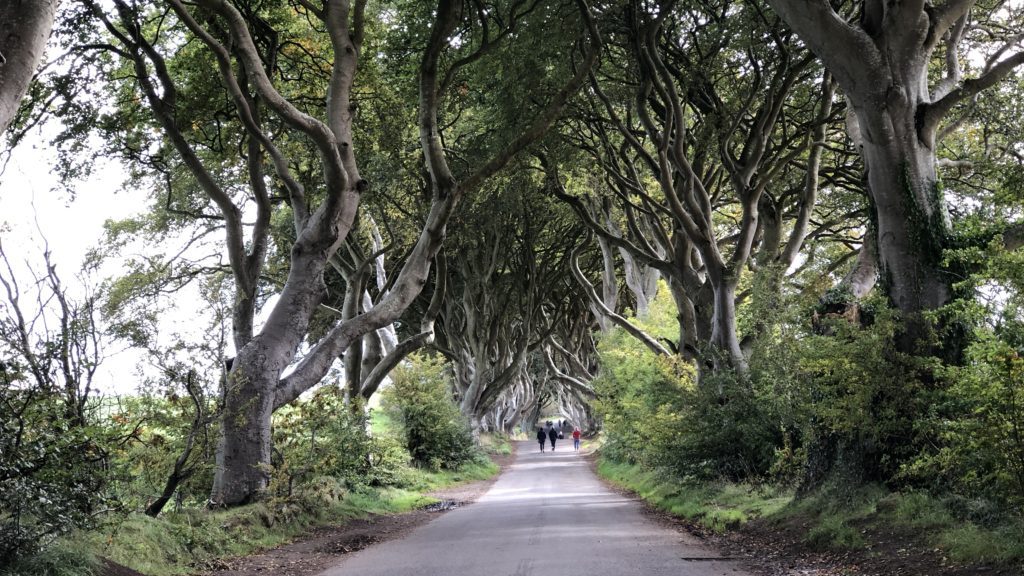Ireland – Fairy Trees and Ancient Lands
Ireland’s trees and forests carry with them stories of old and their presence and persona are found through folklore, life and myth. It is lovely to wander around Ireland and see the many broadleaf species of the Emerald Isle in all their loveliness.
Irish Forests Emerge from the Ice Age
Many of Ireland’s forests and bowers were established as the land emerged from the Ice Age about 12,000 years ago. As the weather gradually became warmer, the seeds of trees such as hazel and oak were brought here by birds and animals across the land bridges from Britain and the rest of Europe. The seeds of other trees, such as willow and birch, are so light that they were blown here by the wind.
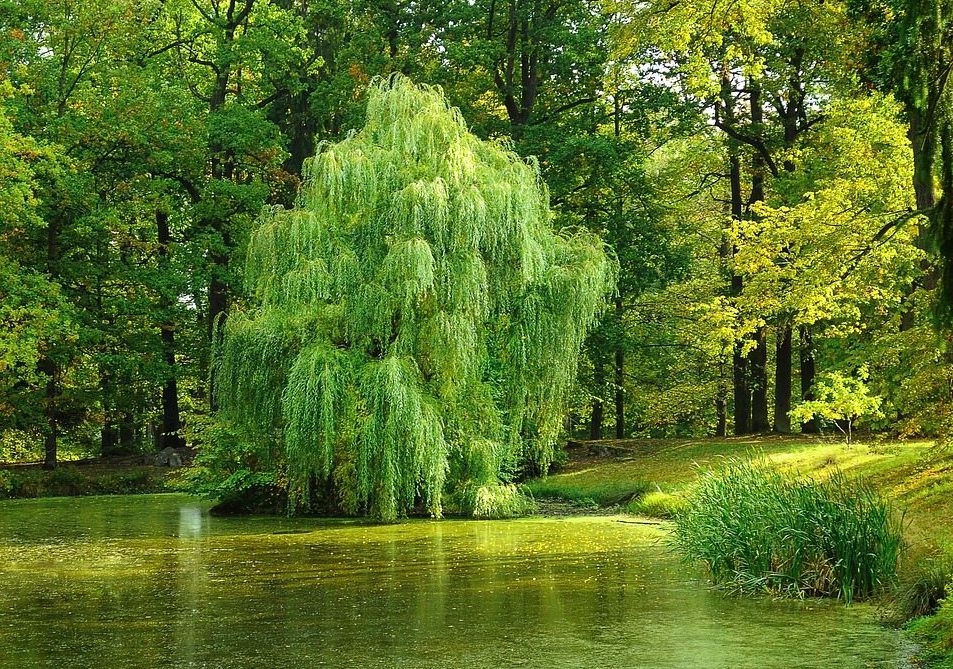 Eventually, the seas rose, the land bridges were flooded and Ireland became an island. The native trees are the trees that reached here before the island was separated from the rest of Europe.
Eventually, the seas rose, the land bridges were flooded and Ireland became an island. The native trees are the trees that reached here before the island was separated from the rest of Europe.
Initially, Ireland’s population was small and the forests flourished but with the waves of invasions from the Celts, the Vikings, the Normans and then of course the English, the population gradually increased. By 1900, less than one percent of these woodlands remained. Recognizing this, there has been gradual progress in restoring the forest cover. However, Ireland still stands today as one of the least wooded countries in Europe.
Cultural Importance of Irish Trees
The native tree species have been linked with Irish culture and society from the earliest times. Trees were of the greatest importance, not only for the obvious practical reasons but also for spiritual reasons. The ancient forests of Ireland would have played a vital role. Every tree had its uses; ash for hurleys (similar to hockey/lacross stick)
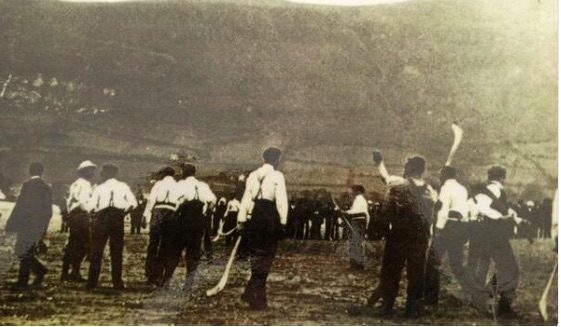
Alder for shields, and hazel for construction. The oak was the most important tree, which was considered chief among the airig fedo or nobles of the forest.
In pre-Christian times, judges known as brehons were responsible for the law. Some of these laws dealt specifically with the damage of Ireland’s trees. The penalty for damaging particular trees was a fine, usually paid not in money but livestock. For example, if you cut down an oak or a hazel tree, you could be fined two and a half cows. While the fine for cutting down an elm or birch tree would be one cow! The different penalties reflected the relative importance of each tree.
Medicinal Uses of Trees
Many of these trees were also sources for medicine. For example, the bark of the willow tree has been used for centuries as a pain reliever. The active ingredient is called salicin. Even today you will find it as a homeopathic alternative to aspirin. You can use the leaves, twigs and bark of the Birch tree for medicinal purposes such diuretics, stimulants, and antirheumatic.
Fairy Trees & Movie Star Trees of Ireland
Ancient trees can still be found in Ireland and some are even movie stars. Which is as little bit weird. Remember the scene from Game of Thrones where Arya Stark is traveling disguised as a boy down the Kings Road (Season 2. Ep 1). The Kings Road scene was shot here in Ireland at the Dark Hedges. A lane lined with imposing Beech trees that are at least 250- 350 years old.
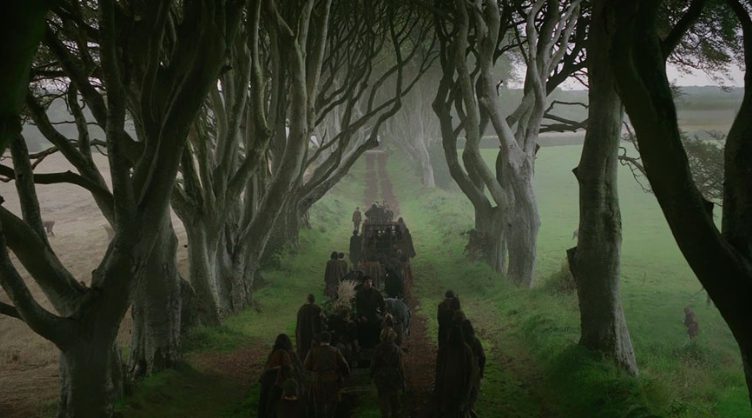
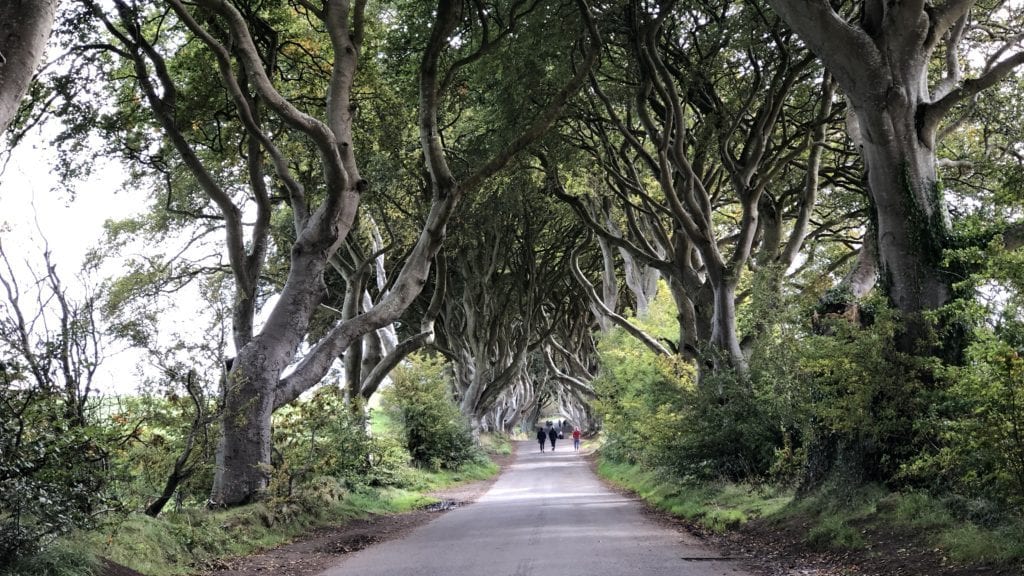
Ireland has several other famous trees like the Hungry Tree in Dublin.
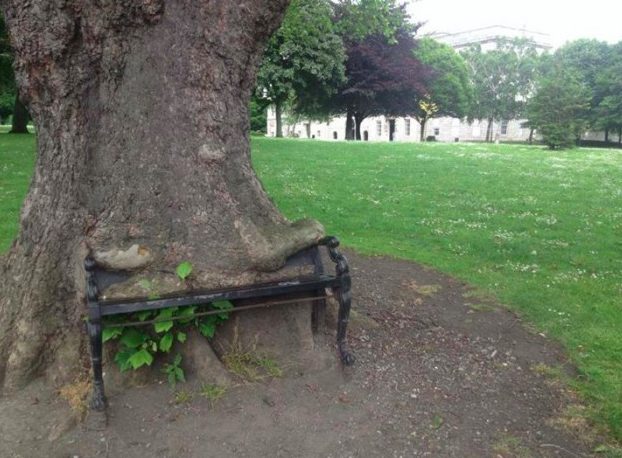
The Birr Castle Grey Poplar which is the tallest of its kind in both Ireland and Britain.
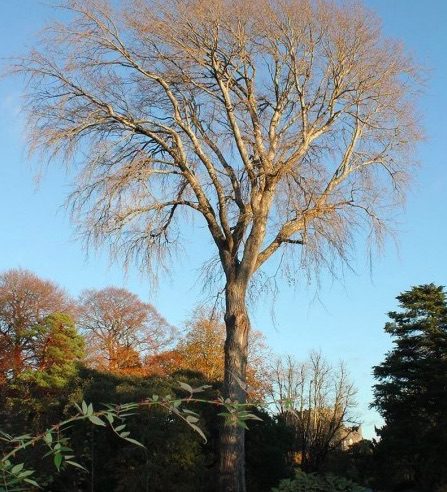
Fairy Trees
“A Fairy tree is usually a Hawthorn or an Ash tree but what makes them stand out from any other tree of its kind is their location. A Fairy tree is found standing by itself in a centre of a field or on the side of the road and they’re quite easy to spot, if you know what you are looking for. Some of these trees have stones surrounding its base for protection but who put them there? The locals or the wee folk.
“With Fairy trees being regarded as sacred sites for the wee folk there are many superstitions that surround them and as you’ve probably guessed involve magic and bad luck. Some believe if you damage or cut down one of these trees you’ll be faced with a life of bad luck. As you can imagine people are very weary of touching one.
“Its certainly common for farmers to work around these trees even if it does mean they cant grow crops where the tree stands. When travelling through Ireland you’ll often see a perfectly cultivated field with a Fairy tree standing in the centre and untouched, evidence of a farmer unwilling to risk his luck.
“There are also many stories around Ireland of road works being delayed simply because a Fairy tree would be standing its path, workers would refuse to touch the tree. In most occasions roads have been re-routed to by-pass the tree.”
Source – Irish Folklore

These trees, like Ireland, all have their own complicated, beautiful story and it was lovely to pay homage to them.

